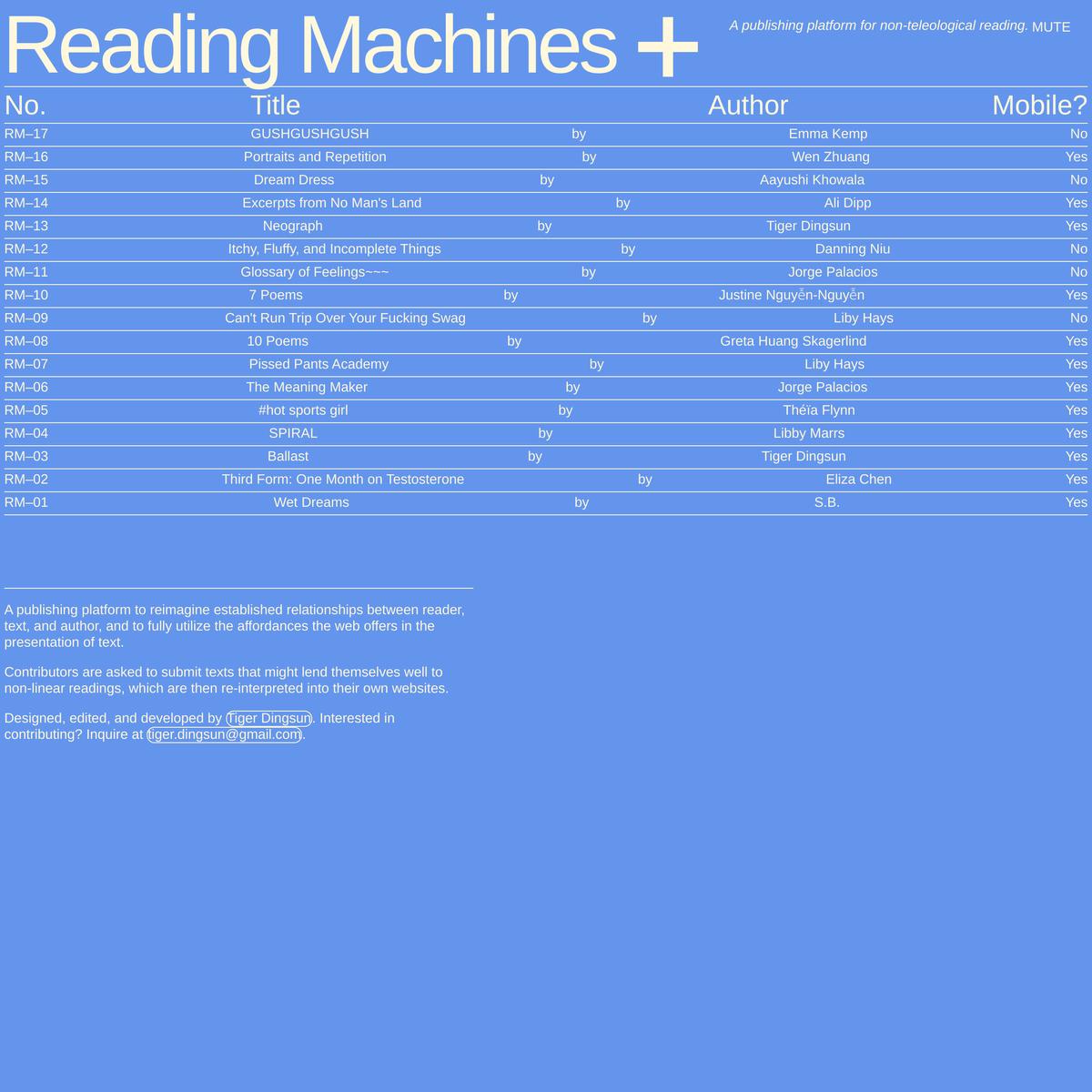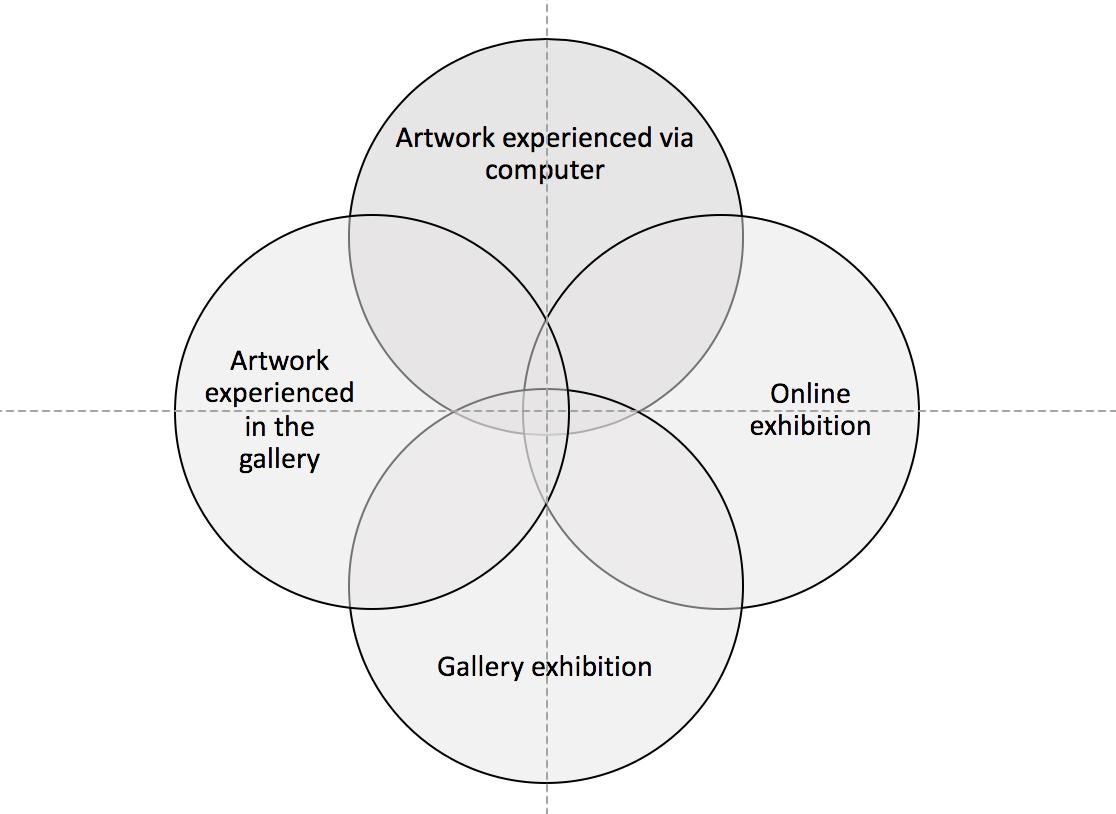syn·site
in contemporary art terms: a "syn-site" is a conceptual space that encapsulates a multitude of experiences, observations, and interactions across various physical and digital locales. It is a dynamic, non-singular site that challenges conventional notions of place and situates itself within the discourse of network aesthetics. Drawing upon the theories of Robert Smithson, it re-works the concept of "site" to reflect the complexity and plurality of contemporary life and artistic practice. It is an artwork and a network, a space and a memory, an assertive threshold within the syntax of site. It is both a product and a critique of the interconnected, networked nature of the contemporary world, and serves as a tool for artists to explore the entanglements of the specific and the abstract, the internal and external, the actual and the virtual.
in contemporary art terms: a "syn-site" is a conceptual space that encapsulates a multitude of experiences, observations, and interactions across various physical and digital locales. It is a dynamic, non-singular site that challenges conventional notions of place and situates itself within the discourse of network aesthetics. Drawing upon the theories of Robert Smithson, it re-works the concept of "site" to reflect the complexity and plurality of contemporary life and artistic practice. It is an artwork and a network, a space and a memory, an assertive threshold within the syntax of site. It is both a product and a critique of the interconnected, networked nature of the contemporary world, and serves as a tool for artists to explore the entanglements of the specific and the abstract, the internal and external, the actual and the virtual.
SYN (along with, at the same time | from Greek SYN, with | ~SYNTHETIC) + SITE (N: point of event, occupied space, internet address; V: to place in position | from Latin SITUS, location, idleness, forgetfulness | ~WEBSITE ¬cite ¬sight), cf. SITE/NON-SITE (from Robert Smithson, A PROVISIONAL THEORY OF NONSITES, 1968)






...it is possible to assert that cyberspace is “just like” real space only if one ignores that cyberspace is peopled by real users who experience cyberspace and real space as different but connected, with acts taken in one having consequences in the other. In all cases, theories of cyberspace as separate space give short shrift to cyberspace as both extension and evolution of everyday spatial practice—as a space neither separate from real space nor simply a continuation of it. That is to say, they ignore both the embodied, situated experience of cyberspace users and the complex interplay between real and digital geographies.
...it is possible to assert that cyberspace is “just like” real space only if one ignores that cyberspace is peopled by real users who experience cyberspace and real space as different but connected, with acts taken in one having consequences in the other. In all cases, theories of cyberspace as separate space give short shrift to cyberspace as both extension and evolution of everyday spatial practice—as a space neither separate from real space nor simply a continuation of it. That is to say, they ignore both the embodied, situated experience of cyberspace users and the complex interplay between real and digital geographies.
...it is possible to assert that cyberspace is “just like” real space only if one ignores that cyberspace is peopled by real users who experience cyberspace and real space as different but connected, with acts taken in one having consequences in the other. In all cases, theories of cyberspace as separate space give short shrift to cyberspace as both extension and evolution of everyday spatial practice—as a space neither separate from real space nor simply a continuation of it. That is to say, they ignore both the embodied, situated experience of cyberspace users and the complex interplay between real and digital geographies.




















